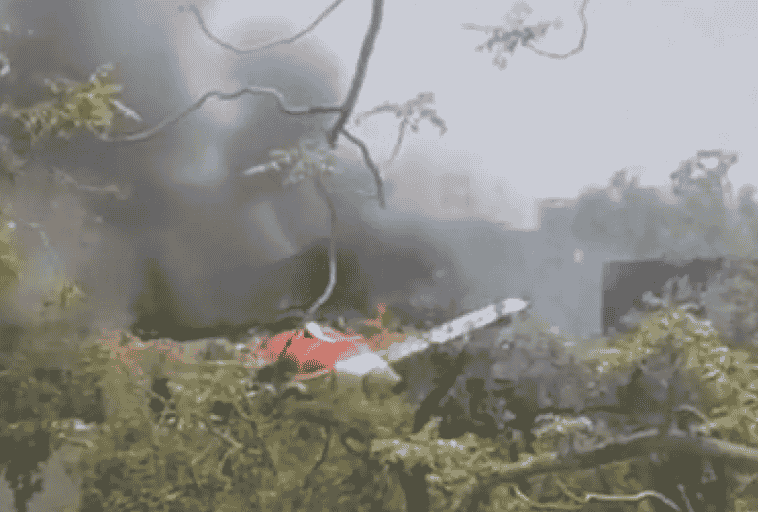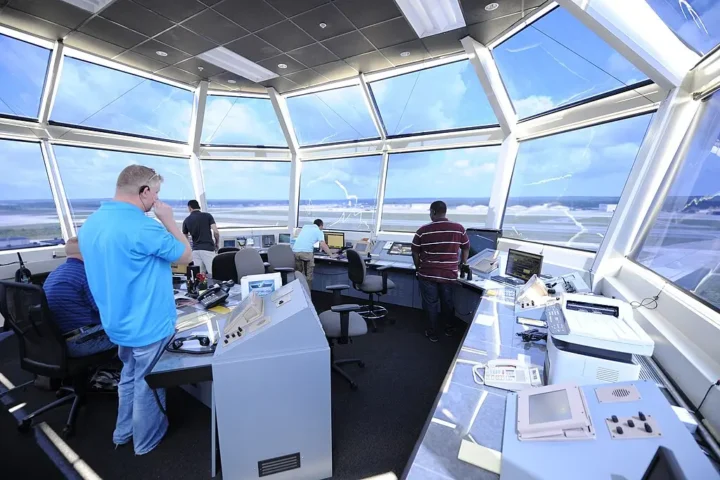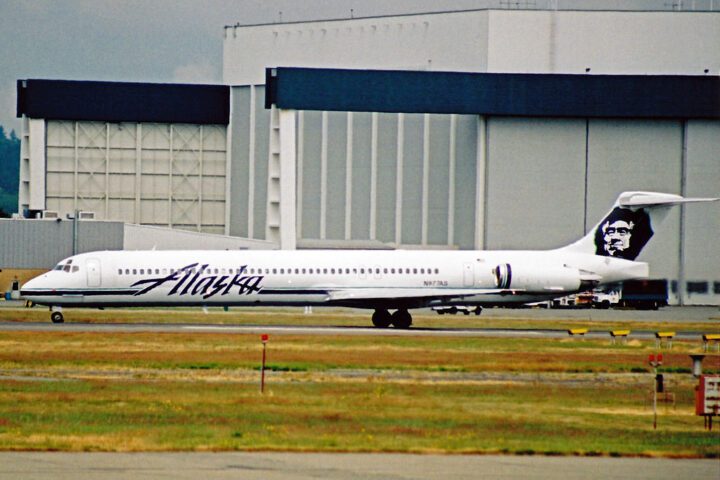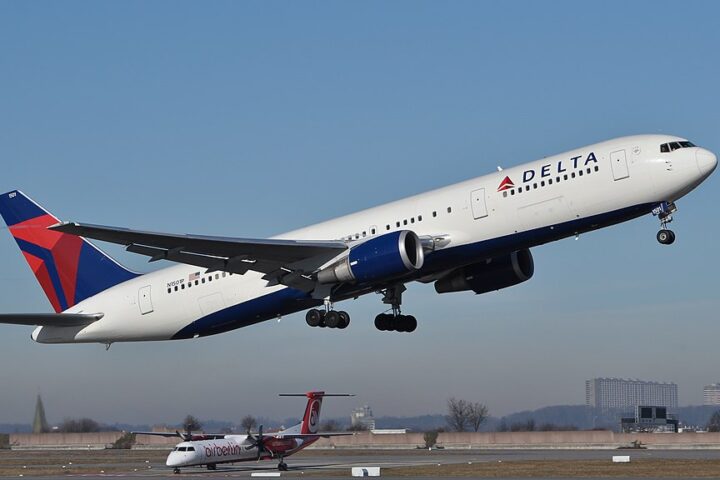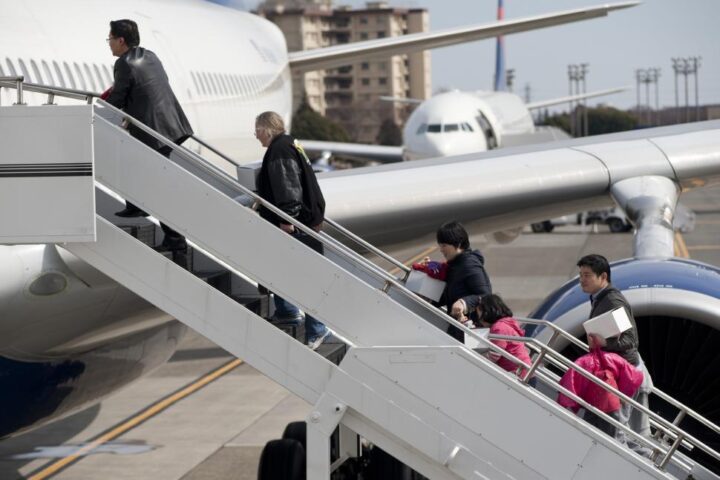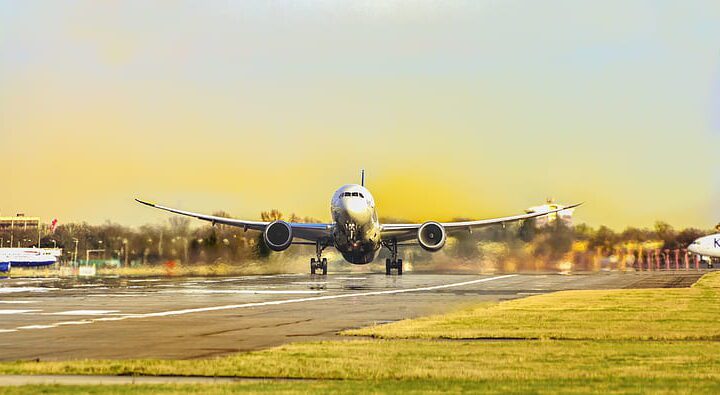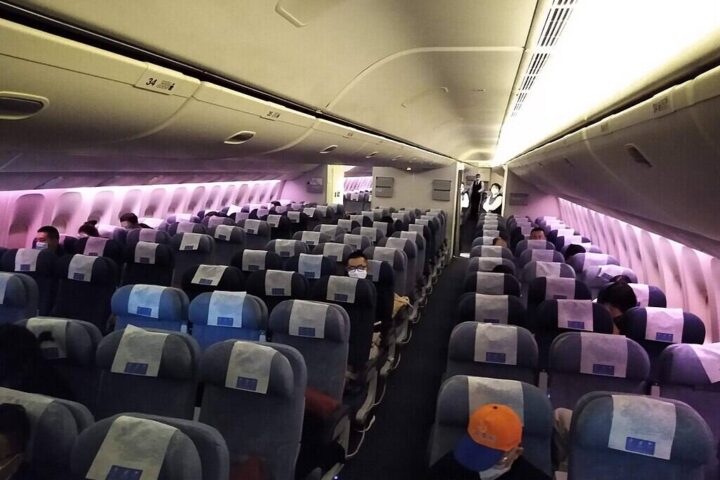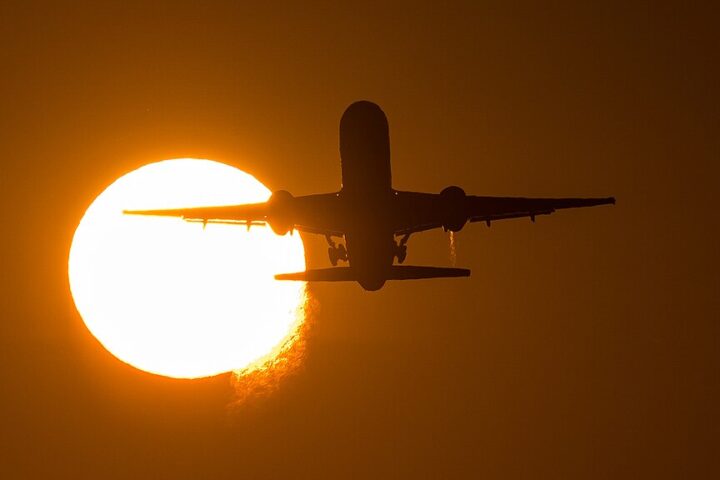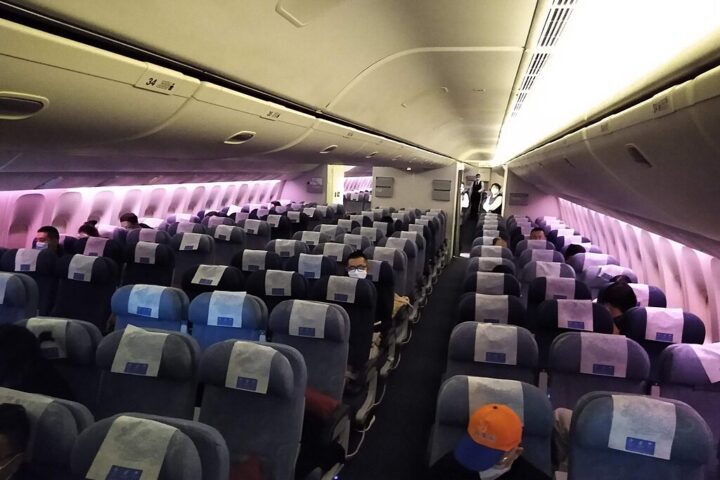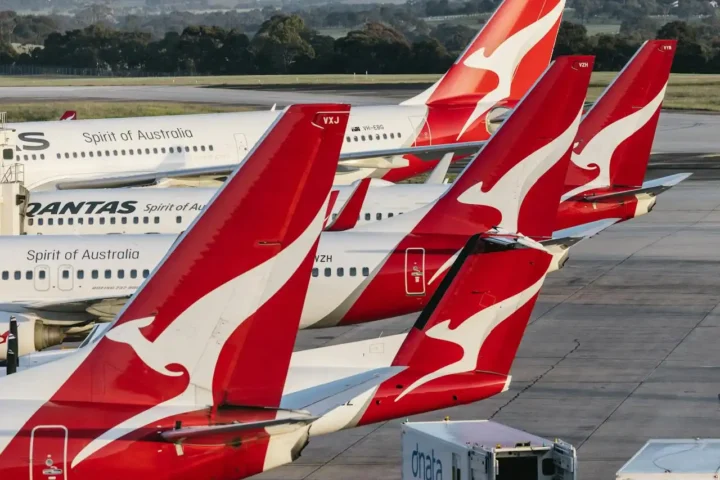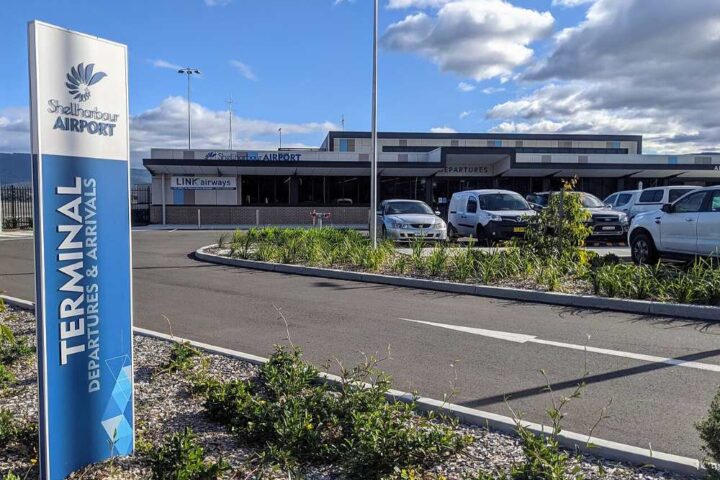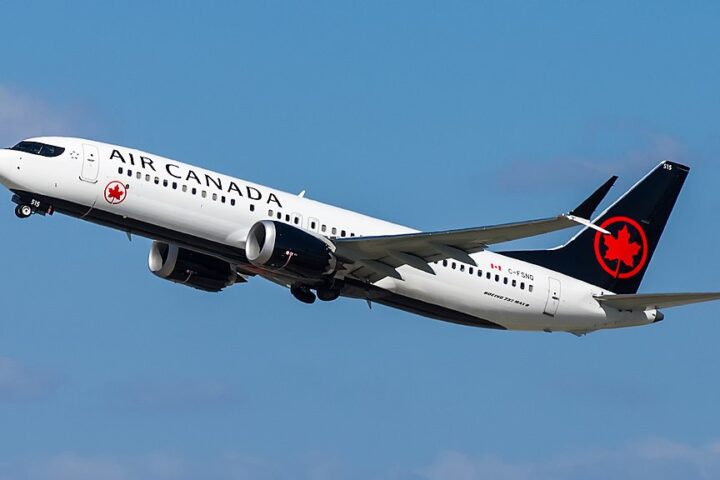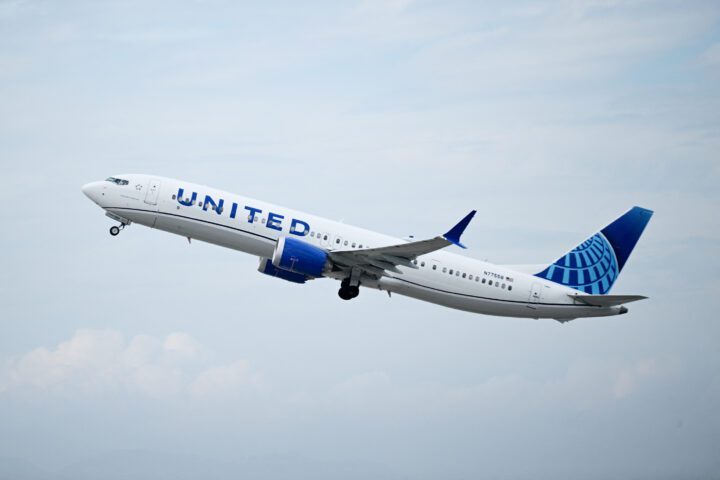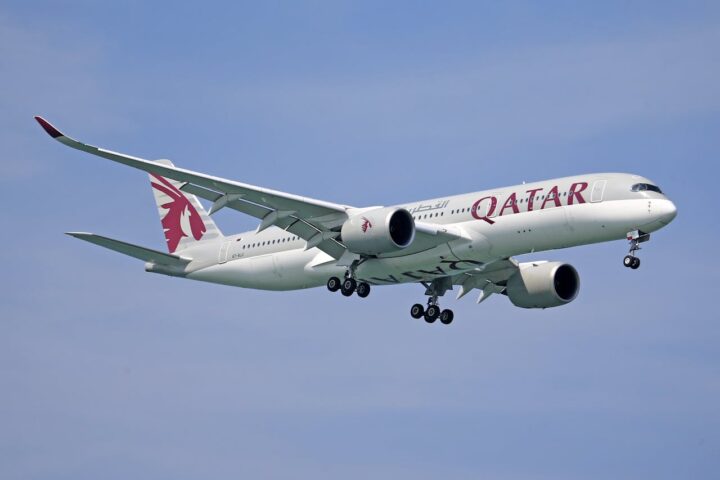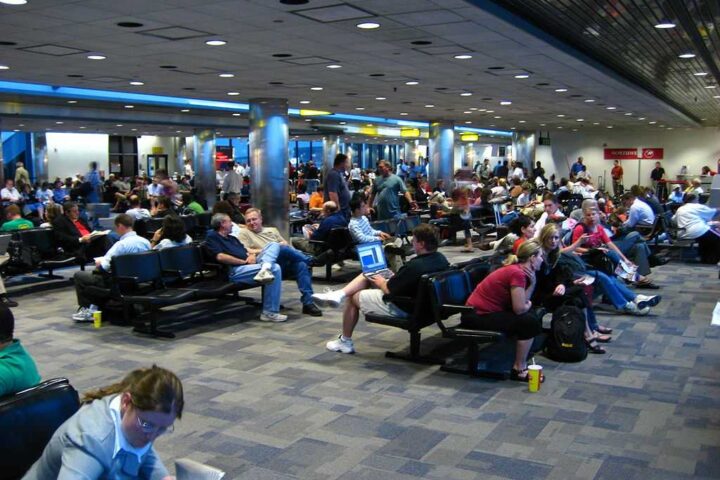India’s Aircraft Accident Investigation Bureau (AAIB) released a preliminary report Friday revealing that fuel to both engines was cut off moments after takeoff in last month’s Air India crash that killed 260 people.
The report confirms that engine fuel control switches on the Boeing 787-8 Dreamliner moved from “RUN” to “CUTOFF” position just seconds after becoming airborne on June 12, causing a rapid loss of thrust. This led to the crash near Ahmedabad airport that killed 241 people onboard and 19 on the ground, with only one survivor.
“In the cockpit voice recording, one of the pilots is heard asking the other why did he cutoff. The other pilot responded that he did not do so,” the report stated, highlighting confusion in the cockpit during the final moments.
The London-bound Flight AI171, operated by an 11-year-old Boeing 787 with registration VT-ANB, reached a maximum speed of 180 knots and was airborne for approximately 30 seconds before crashing into the residential quarters of BJ Medical College. A “MAYDAY” distress call was issued 26 seconds after becoming airborne.
Data shows the fuel control switches were flipped one after another with a one-second gap, and later moved back to the “RUN” position, but recovery attempts came too late. The Ram Air Turbine, an emergency power device, deployed during the initial climb, indicating a loss of engine thrust.
Similar Posts
The preliminary investigation noted that a 2018 Federal Aviation Administration (FAA) advisory had warned about potential disengagement of fuel control switch locking features on Boeing aircraft. This Special Airworthiness Information Bulletin (SAIB) was not mandatory, and Air India had not conducted the suggested inspections.
These fuel control switches, located behind the throttle levers in the cockpit, are protected by metal brackets and have locking mechanisms designed to prevent accidental movement. They require pilots to deliberately pull them outward before changing positions.
Captain Sumeet Sabharwal, 56, who had logged over 15,600 flight hours (including 8,596 on the 787), and First Officer Clive Kundar, 32, with 3,403 total flying hours (1,128 on the 787), were operating the flight. Both were considered to have sufficient experience.
The preliminary report found no evidence of sabotage, bird activity, or technical defects in the aircraft or its GE GEnx-1B engines prior to the incident. The report also noted that the aircraft’s airworthiness certificates were valid.
This crash marks the first fatal accident and hull loss for the Boeing 787 Dreamliner since its introduction in 2011, and is India’s deadliest aviation disaster since the 1996 Charkhi Dadri mid-air collision.
The investigation is ongoing, with further analysis of cockpit recordings, engine components, and maintenance records being conducted in coordination with international aviation authorities.
